The Greatest Dynasties in Ancient China: Tang Dynasty
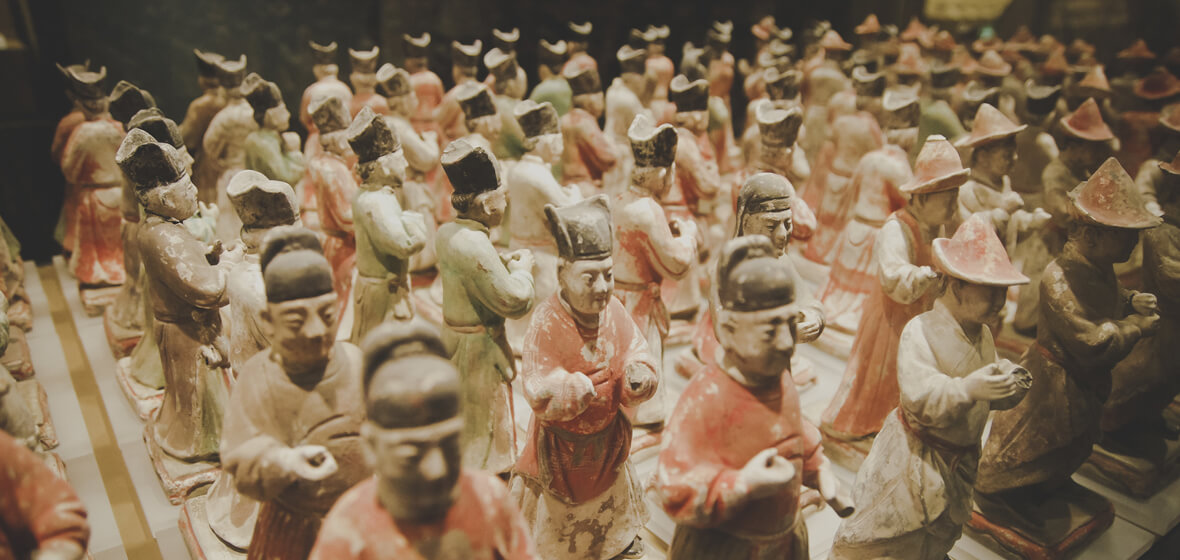
The emperor is like a boat, and the people are like water. Water can carry the boat and can also sink it.
---- Li Shimin (Taizong Emperor)
The Tang Dynasty, reigning from 618 to 907 CE, is widely regarded as a period of prosperity for imperial China, with significant achievements in both the political and cultural realms.
The Tang Dynasty created a strong centralized government, with officials appointed based on merit rather than aristocratic status. This system enabled efficient management of the vast and diverse territory under Tang rule.
Tang writers, in particular, are renowned for producing exquisite poetry which has retained its prestige as the most esteemed literary genre in Chinese history. The dynasty's influence on Asian culture, particularly in Japan and Korea, was immense, with many religious, philosophical, architectural, fashion, and literary styles being adopted. Additionally, from the Tang Dynasty onwards, overseas Chinese people have come to be known as "Tang people", as evidenced by the appearance of the characters 唐人街 on signs at the entrance of Chinatowns around the world, which translates to "Street of the Tang People."
The Facts of the Tang Dynasty
- Duration: 618 – 907 CE
-
Capital City:
Chang’an (618–684 CE and 705–904 CE)
Luoyang (684–705 CE and 904–07 CE) - Population: about 80,500,000
- Area: about 12,370,000 square kilometers (4,776,083 square miles)
The Famous Emperors of the Tang Dynasty
Taizong:
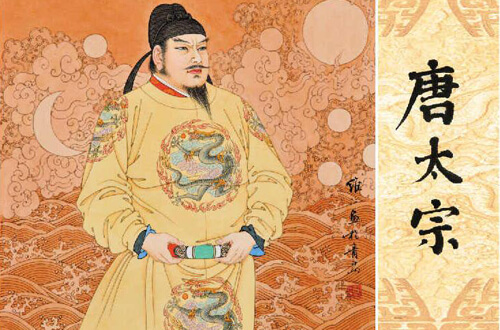
Personal name Li Shimin. He was the second emperor of the Tang Dynasty. Known for his appreciation of talent, he established the civil service examinations as a means of selecting capable individuals for government positions. To improve governance, he undertook extensive administrative reforms, placing emphasis on education and supporting the implementation of clear-cut laws. The Tang Dynasty's penal code was a revised version of that of the previous Sui Dynasty, but was more coherent and merciful, with laws that were regarded as humane in comparison to traditional Chinese standards.
Tang Taizong introduced two major political and social innovations. Firstly, he restructured the Sui government bureaucracy, much like a cabinet system. Secondly, he enabled the "nationalization" of unused and unclaimed land and its redistribution to able-bodied farmers.
Wu Zetian:
She is the only woman in Chinese history to have held the title of emperor. She was a highly effective ruler. Externally, she successfully regained lost territories on the western and northern frontiers, while internally, she established peace and order within the country, leading to widespread happiness and contentment among the people. Her desire to recruit capable talent for her government led to her personal involvement in overseeing the traditional civil service examinations for scholars, thus eradicating cheating by candidates and corruption among examiners. Furthermore, she also introduced a new examination system for warriors, with the intent of nurturing future generals. To foster a sense of democracy, Empress Wu installed a suggestion box for receiving feedback, complaints, and criticisms. Under her reign, Chinese women experienced a degree of liberation, as evidenced by their inclusion in activities such as horse riding and wearing dresses with plunging necklines depicted in Tang pottery figurines. In fact, some historians believe that China’s women experienced the most amount of freedom during Empress Wu’s rule in comparison to other historical periods.
Xuanzong:
Personal name Li Longji, was widely regarded as an intelligent and competent monarch during the Tang Dynasty. He was known for handpicking outstanding officials as his ministers while streamlining the cumbersome bureaucracy. He made an effort to stem the considerable financial drain caused by the proliferation of Buddhist temples throughout the country. However, despite his exemplary rule, Xuanzong became enamored with the famous royal concubine, Yang Guifei, and succumbed to his passion for her. He abundantly favored her entire family, with her cousin becoming the prime minister and her three sisters enjoying immense wealth and power. Xuanzong was ultimately swept away by his obsession for the stunningly beautiful lady, neglecting his royal duties and delegating his responsibilities to a corrupt prime minister. This infatuation proved to be his downfall, and the An Lushan Rebellion (755 – 763 CE) marked a turning point in the Tang Dynasty.
The Achievements of the Tang Dynasty
The Tang Dynasty was marked by a combination of political stability, cultural openness, and technological advancements that facilitated the most exceptional and influential period in Chinese history, leading to a plethora of achievements in various fields.
Opening of the maritime Silk Road
Advancements in shipbuilding and navigation using the compass created the groundwork for the emergence of a sea-based Silk Road as an alternative to the overland route. This maritime Silk Road expanded Southeast Asian trade routes that linked southeastern ports of China to the Middle East. The growing significance of the sea Silk Road led to the settlement of Arab merchants in Chinese ports.
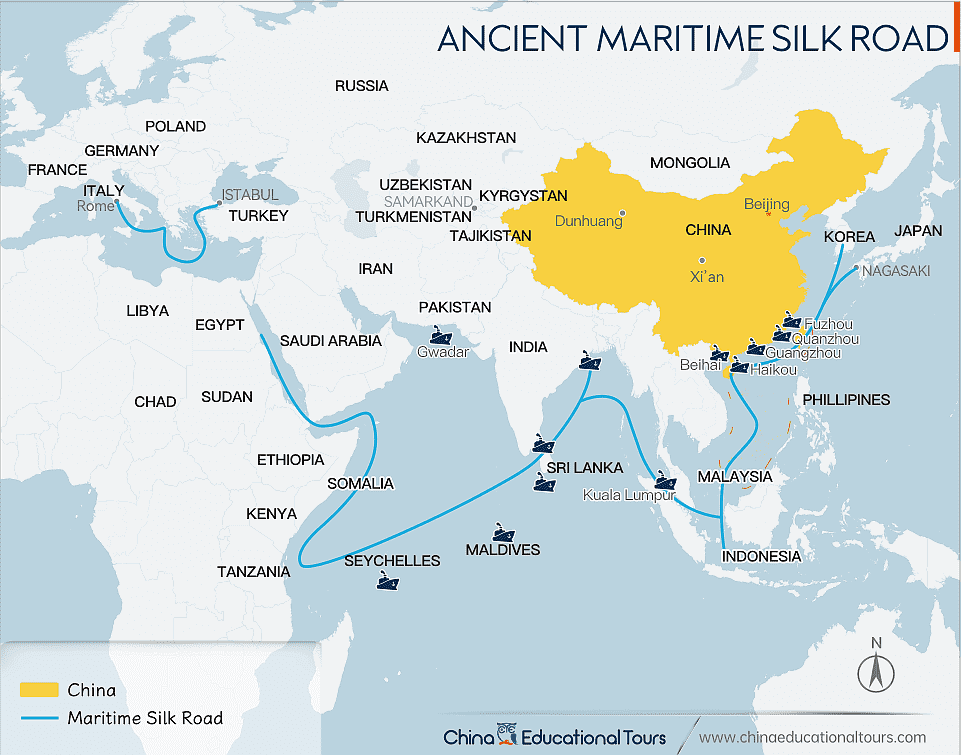
Science and Technology
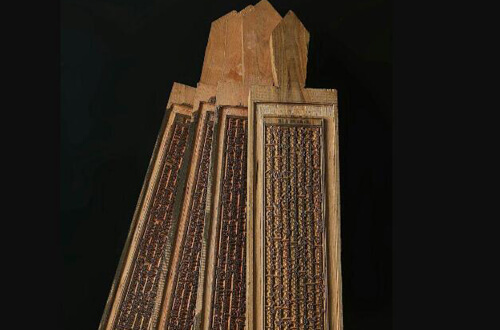 Woodblock printing
Woodblock printing- Woodblock printing was invented during the Tang era, helping to spread education and literature throughout the empire and into later eras.
- Gunpowder was first used by the military.
- The Tang People invented the first compass during the Tang Dynasty, facilitating advances in navigation and exploration.
- Tang dynasty astronomer Li Chun Feng invented an armillary sphere which was used to predict eclipses and other celestial events. He also authored a major work called the "Treatise on Astrology of the Kaiyuan Era," which compiled a record of astronomical observations and theories from the Tang Dynasty.
- Tang astronomical administrator Yi Xing created a planetary model consisting of a copper armillary sphere, driven by water to complete one circular rotation daily. During the course of this rotation, two wooden mannequins that were part of the model would respectively strike a ring or a drum to indicate the time.
- As astronomical administrator, Yi Xing also led a national project to observe, identify, and locate stars. Based on the resulting data, he calculated the length of a degree of the meridian—the first astronomer in the world to measure the imaginary great circle around the earth. He also published the most comprehensive and influential calendar in Chinese history: the Da Yan calendar. It was based on a sophisticated understanding of the sun’s orbit, and calculated the new moon, full moon, twenty-four solar terms, and the ongoing movements of the sun and moon. After the Da Yan calendar was issued in 728, it was adopted in other parts of Asia and used in China without major modification until the seventeenth century.
Art and Culture
Robust trade links with other regions of the world helped infuse Tang art with many new ideas. Foreign dances, songs, fashions, and musical instruments became popular in China at this time.
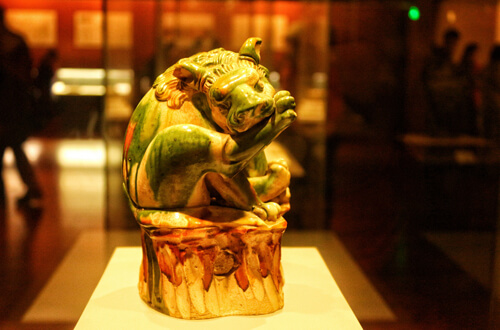 Tri-colored pottery
Tri-colored pottery- Literature and Poetry: The Tang dynasty was considered a zenith of Chinese poetry, with many classics and most celebrated poems composed by poets such as Wang Wei, Du Fu, and Li Bai. Almost all educated people during that period wrote poems—not simply as private pursuits but also on social occasions, to honor visitors, to flatter a host, or even as a general means of communication. In total, about 50,000 poems by 2,200 poets have survived.
- Painting: The Tang was an age of great figure painters, whose religious frescoes filled caves along the Silk Road through central Asia, and covered the walls of royal tombs. New styles of ceramics, bold and colorful with variegated glazes, embraced Indian, Persian, and Greek forms.
- Ceramics: The Tang dynasty is famous for its unique ceramic style, producing pottery and porcelain with vibrant colours, intricate designs, and delicate shapes. The most famous are tri-colored pottery, white porcelain, black glazed pottery, and Changsha Kiln ceramics.
- Music and Dance: Performance art was widely appreciated in the Tang Dynasty, with music and dance becoming highly valued art forms. Some of the most notable forms of dance were Xi'an drum music, imperial court dance, and Tang-style ballet.
Religion
The Tang dynasty was a time of great religious diversity.
- Buddhism, which had arrived from India sometime during the Han, rose to prominence during the early Tang. Various different Buddhist schools grew popular with the elite. One of these was Chan, a Buddhist-Taoist hybrid from which Japanese Zen eventually developed. The popularity of Buddhism led to the creation of many elaborate works of Buddhist art, while improved printing techniques and an increased emphasis on education led to an impressive outpouring of literature and poetry.
- Taoism, an ancient religious and philosophical tradition, continued to be practiced, with its focus more on personal growth and spirituality rather than political power during the Tang dynasty. Taoism gained some state recognition and funding during the Tang dynasty as well, and some works of Taoist literature originated or gained popularity during this period.
- Nestorian Christianity, a type of Christianity originating in the Middle East, reached China by 635, and its relics can still be seen in Chinese cities such as Xi'an. In Xi'an Beilin Museum (Stele Forest), you can find the famous Nestorian Stele, a 279-centimeter-tall limestone block. It documents a nearly 150-year history of Christianity in China's Tang Dynasty.
Where Can I See the Influence of the Tang Dynasty Today?
The Tang dynasty was a rich and vibrant period of Chinese history, and its influence can still be felt in many ways today.
Many of China's most iconic temples, palaces, and other buildings were constructed during the Tang dynasty, and these structures continue to be admired today for their scale and grandeur. Even outside of China, Tang-style architecture has had a profound influence on other cultures in Asia, especially in Japan and Korea.
Xi'an
The capital city of the Tang Dynasty, is home to numerous historical and cultural sites that continue to fascinate visitors worldwide. Here are some of the most famous Tang Dynasty sitesin Xi'an:
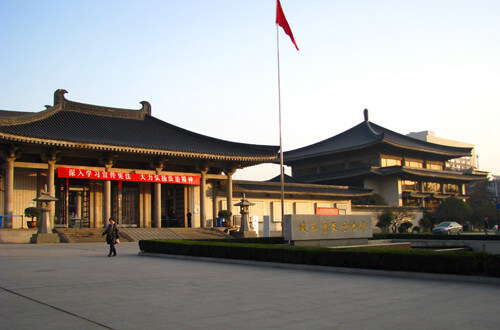
- Xingjiao Temple: one of the oldest Buddhist temples in China.
- Huaqing Palace: Huaqing Palace was a hot spring resort for emperors during the Tang Dynasty.
- Shaanxi History Museum: It includes many items from the Tang Dynasty, including pottery, ancient weapons, and manuscripts.
Luoyang
Located in the Henan province of China, was also an important center of the Tang Dynasty. Here are some of the most famous Tang Dynasty sites in Luoyang:
- Longmen Grottoes: The Longmen Grottoes are one of China's most significant cultural heritage sites, featuring thousands of Buddhist statues and carvings that date back to the Tang Dynasty.
- Sui and Tang Dynasties Relics Park: The Sui and Tang Dynasties Relics Park is located in the ancient palace complex of Luoyang during the Tang Dynasty. It offers a glimpse into the grandeur and luxury of the palace and houses many historical relics and artifacts from the period.

OR
Are you eager to begin your Chinese cultural journey?
Drop us a line and we will promptly connect you with our leading China expert!
 Silk Road
Silk Road 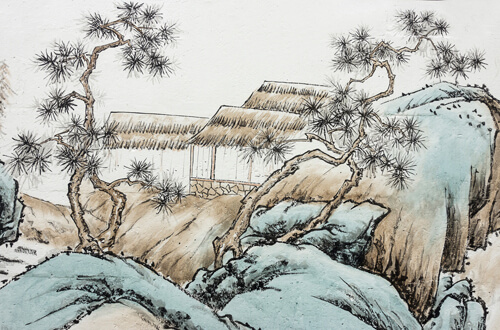 Chinese Painting
Chinese Painting 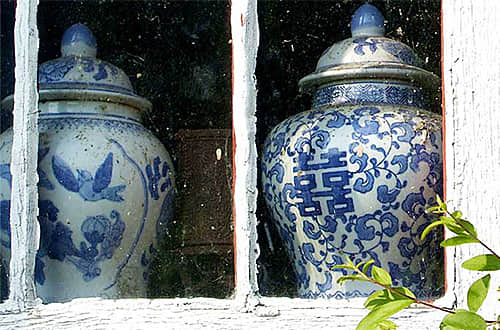 Chinese Porcelain
Chinese Porcelain 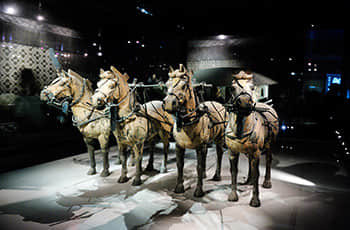 Shaanxi History Museum
Shaanxi History Museum